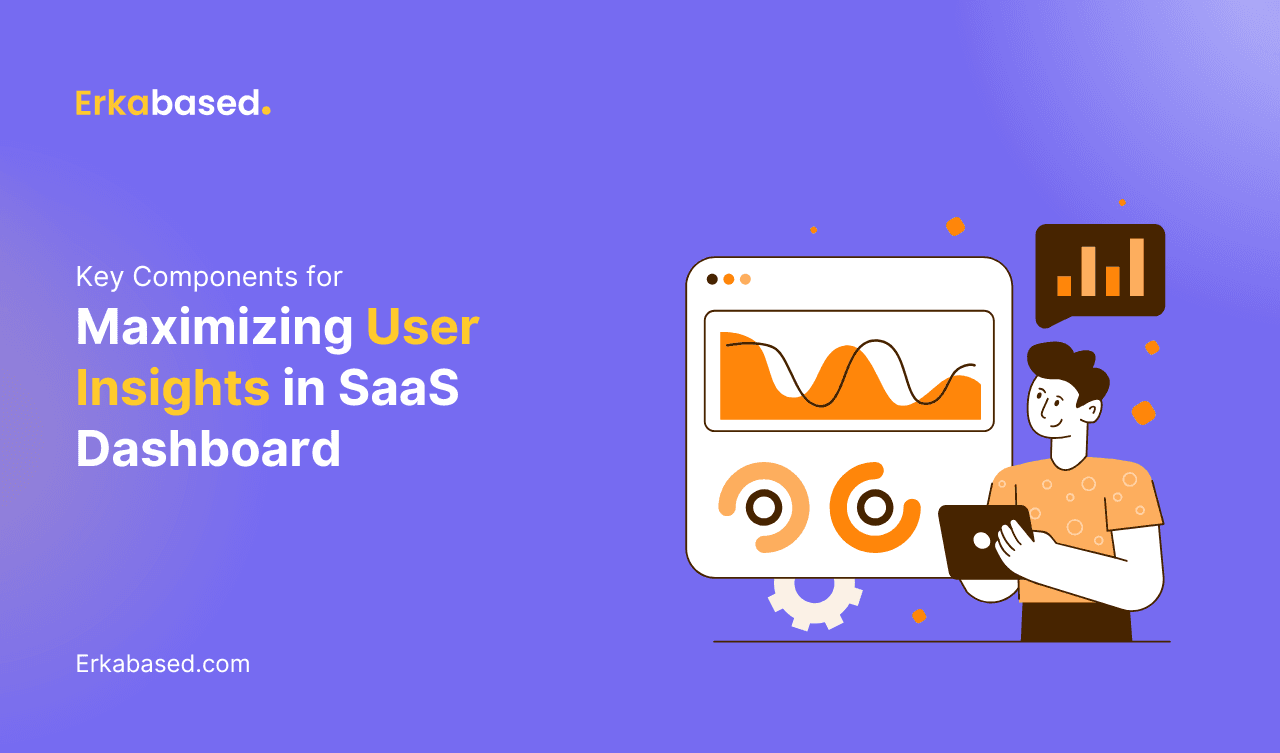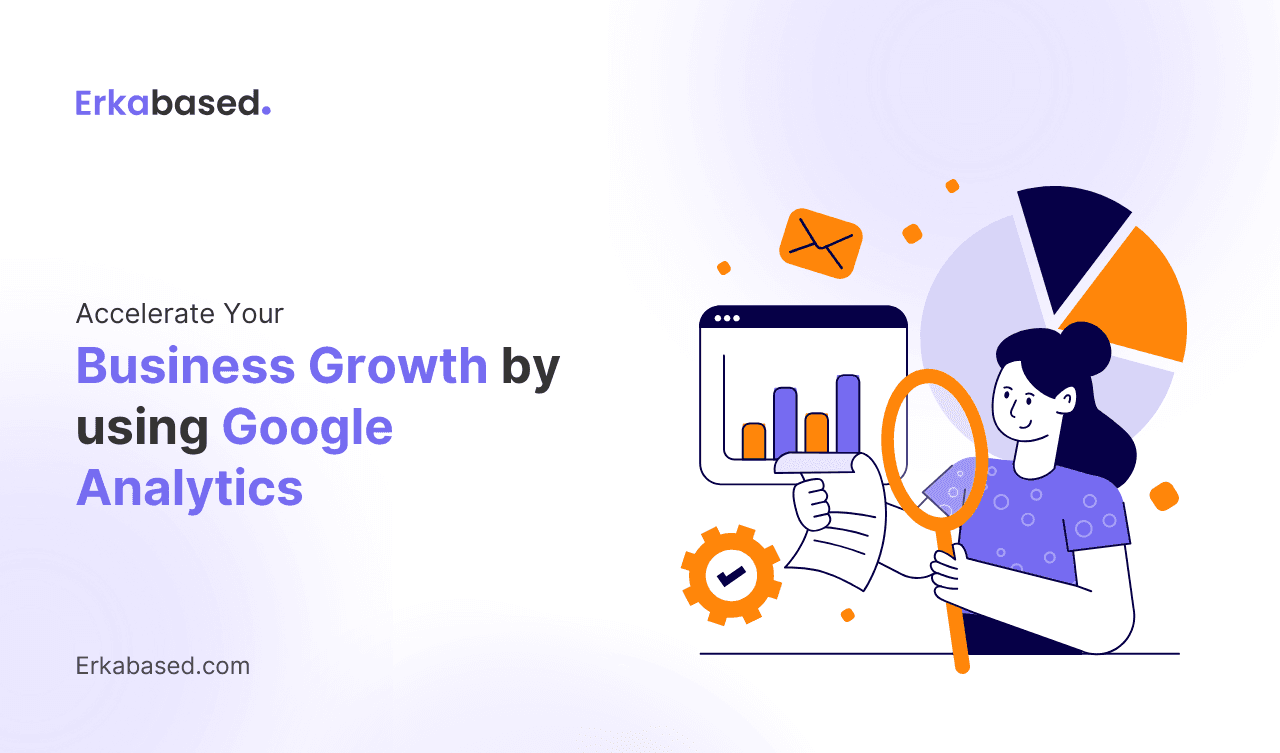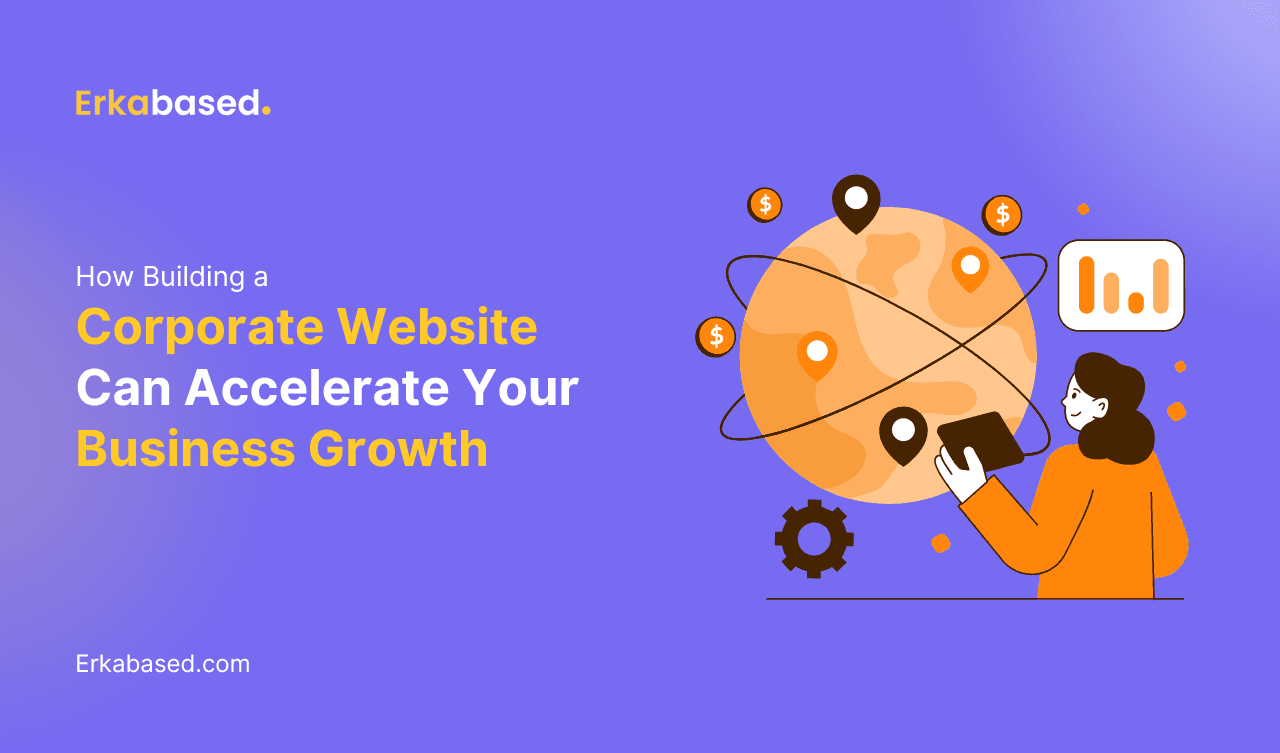Introduction
In the competitive SaaS landscape, pricing is more than just a number. It’s a strategic tool that can make or break your business. The right SaaS pricing model not only reflects the value of your product but also aligns with customer expectations and the broader market. Whether you’re a startup launching a new product or an established company rethinking your pricing strategy, the way you price your SaaS offering can significantly influence customer acquisition, retention, and overall growth.
This comprehensive guide explores the key factors in developing a SaaS pricing model that not only resonates with your target audience but also drives long-term business success. We’ll delve into various pricing structures, their advantages, and how to tailor your approach to meet your unique business needs.
Why Your SaaS Pricing Model Matters
Choosing the right pricing model isn’t just a financial decision—it’s a reflection of your product’s value proposition, the customers you serve, and your position in the market. In SaaS, where subscription-based revenue is the norm, pricing models are particularly important because they directly impact churn rates, customer lifetime value (CLV), and acquisition costs.
Here’s why developing the right pricing model is essential:
- Customer perception: Pricing is often the first metric customers use to evaluate whether your product is worth their investment. If your pricing doesn’t align with the perceived value, customers may turn to a competitor.
- Revenue predictability: Subscription-based pricing models help SaaS companies maintain predictable, recurring revenue streams. The model you choose will determine how steady and reliable that revenue is.
- Market positioning: Pricing defines where your product sits in the competitive landscape. Are you positioning your solution as a premium offering, or are you aiming to disrupt the market with a more affordable alternative?
- Customer retention: A well-structured pricing model encourages users to stay longer by providing flexibility, scalability, and value over time.
With this context in mind, let’s dive into the key elements that will help you design an effective SaaS pricing model.
Understanding Your Customer Segments
Before you even think about setting prices, it’s crucial to understand who your customers are. In SaaS, customer segments can vary widely, from small startups to large enterprises, each with different needs and budgets. Crafting a pricing model without a clear understanding of your customer base can lead to misalignment, making it harder to attract and retain users.
Steps to better understand your customer segments:
- Develop detailed buyer personas: Identify different user personas within your target audience, focusing on their specific pain points, needs, and how they derive value from your product.
- Analyze usage patterns: What features or services are most valuable to each customer segment? Understanding how different types of customers use your product can help inform tiered pricing models.
- Consider budget constraints: Different segments will have different budget capacities. For example, startups might be willing to invest in affordable, basic features, while enterprises may expect advanced functionality and be willing to pay a premium.
By clearly defining your customer segments, you can create pricing tiers that align with their unique needs and willingness to pay, ultimately improving customer satisfaction and retention.
Common SaaS Pricing Models: Exploring Your Options
There are several common SaaS pricing models, each with its pros and cons. Choosing the right model depends on your product’s complexity, your business goals, and how customers derive value from your offering. Below are some of the most widely used SaaS pricing models and how they might apply to your business.
Flat-Rate Pricing
Flat-rate pricing is one of the simplest models. It offers one product or service package at a single price point, regardless of the number of users or usage levels. While straightforward, it may not offer the flexibility required to scale with different customer needs.
Pros:
- Easy to understand for customers.
- Simple to manage from an operational standpoint.
- Ideal for small SaaS products with a limited feature set.
Cons:
- Limits flexibility for businesses that cater to diverse customer segments.
- Might leave revenue on the table by not charging heavy users more.
Best for: SaaS companies with a single target audience and straightforward product offerings.
Tiered Pricing
Tiered pricing is one of the most popular SaaS models. It offers different pricing levels or “tiers,” each with its own set of features or limits. This allows companies to appeal to different customer segments by offering a range of options that scale based on the level of service or functionality needed.
Pros:
- Offers flexibility and scalability, catering to both small businesses and large enterprises.
- Helps customers choose a plan that fits their needs and budget.
- Encourages upselling, as users can move to higher tiers as their needs grow.
Cons:
- Complexity in creating and managing multiple tiers.
- May confuse customers if the differences between tiers aren’t clearly communicated.
Best for: SaaS businesses with diverse customer segments and a wide range of features.
Per-User Pricing
With per-user pricing, customers pay based on the number of active users within their organization. This model scales with the size of the customer’s business, making it easy for companies to adjust as their team grows.
Pros:
- Simple and easy to understand.
- Scales directly with customer growth.
- Predictable revenue based on user count.
Cons:
- May deter companies from adding more users due to cost concerns.
- Limits potential revenue from companies that use the software heavily but have fewer users.
Best for: SaaS products used by teams where the number of users correlates directly with value, such as collaboration or communication tools.
Usage-Based Pricing
Usage-based pricing charges customers based on how much they use the product. This model is often seen in SaaS businesses that provide services like cloud storage, bandwidth, or API requests, where usage can vary widely among customers.
Pros:
- Highly scalable and flexible, allowing customers to pay only for what they use.
- Encourages initial adoption, as customers can start with a lower usage level and scale up.
- Aligns directly with customer value—higher usage equals more value and higher fees.
Cons:
- Revenue can fluctuate based on customer usage, making it harder to predict.
- Customers may hesitate to use the product more if costs rise sharply with usage.
Best for: SaaS products where usage is a clear driver of value, such as cloud-based services or API platforms.
Freemium Model
The freemium model offers a basic version of the product for free, with the option to upgrade to paid tiers for more advanced features. This model is a popular strategy for acquiring new users by lowering the barrier to entry, with the aim of converting free users into paying customers over time.
Pros:
- Excellent for lead generation and building a user base quickly.
- Allows potential customers to experience the value of the product before committing to a paid plan.
- Drives word-of-mouth marketing, as free users spread the word.
Cons:
- Low conversion rates from free to paid users.
- Can be costly to support a large base of free users without revenue.
Best for: SaaS businesses that have a low cost to serve free users and a clear upgrade path to paid plans.
Pricing Psychology: How Perception Influences Choice
When crafting your SaaS pricing model, psychology plays a crucial role in how customers perceive value and make decisions. Subtle changes in pricing presentation can significantly impact conversion rates and customer satisfaction.
Key psychological principles to consider:
- Anchoring: The first price a customer sees often serves as a reference point for evaluating other options. By offering a high-priced option first, you can make lower-priced tiers appear more affordable in comparison.
- Decoy pricing: Introducing a “decoy” pricing tier that is priced similarly to your premium option but with fewer features can steer customers toward your highest-value plan.
- Charm pricing: Prices ending in .99 (e.g., $49.99) tend to feel more affordable to consumers than round numbers. Although the difference is minimal, it can have a significant psychological impact on customer decisions.
Incorporating pricing psychology into your strategy helps align the perceived value of your product with the price, making it easier for customers to justify their purchase.
Testing and Iterating Your SaaS Pricing Model
No matter how carefully you plan, your initial pricing model may not be perfect. That’s why it’s important to continually test and refine your pricing to ensure it works for your business and your customers.
Steps to optimize your pricing strategy:
- A/B testing: Test different pricing structures or tiers with subsets of your audience to see which model yields the highest conversions and retention rates.
- Gather customer feedback: Direct feedback from customers about their willingness to pay and perceived value is invaluable. Conduct surveys and interviews to understand how they view your pricing relative to the product’s benefits.
- Monitor key metrics: Keep an eye on metrics like customer acquisition cost (CAC), customer lifetime value (CLV), and churn rates to ensure your pricing model is sustainable and driving growth.
The key to long-term success is being flexible and willing to adapt your pricing model as your business grows and customer expectations evolve.
Conclusion
Creating a successful SaaS pricing model is both an art and a science. By understanding your customer segments, selecting the right pricing model, incorporating pricing psychology, and continuously testing and refining your approach, you can develop a strategy that maximizes revenue and aligns with your business goals.
At Erkabased, we understand that pricing is a critical component of SaaS success. Our team works closely with businesses to design custom strategies that not only meet market demands but also reflect the value of your product. Whether you’re launching a new SaaS solution or optimizing an existing model, we’re here to help you develop a pricing strategy that drives sustainable growth. Let’s work together to build a pricing model that sets your SaaS business on a path to long-term success.






